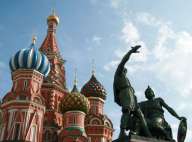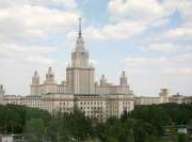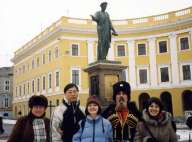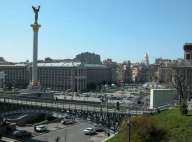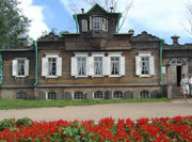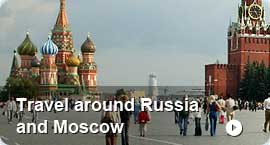Kiev today
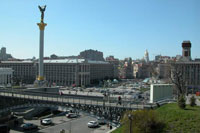 Political, economical and universities capital of Ukraine, Kiev is now enjoying a huge and impressive development. Secular churches, monastic buildings, downtown visits (the roads are closed to circulation on weekends!), surrounding hills, etc. Discovering the city of Kiev is a unique cultural experience.
Political, economical and universities capital of Ukraine, Kiev is now enjoying a huge and impressive development. Secular churches, monastic buildings, downtown visits (the roads are closed to circulation on weekends!), surrounding hills, etc. Discovering the city of Kiev is a unique cultural experience.
Founded in the 5th century, Kiev is one the most ancient Slavic cities. Build on the two banks of the Dnieper river, it used to cover only 4 hectares of ground! The name “Kiev” first appeared in the Middle Age, at a time where the city was already a major political centre. The legend says that three brothers, Kij, Scek and Kroriv, founded the Ukrainian capital in 862.
Between the 9th and the 12th century, Kiev enjoyed an exceptional urban and architectural development, thanks to the exploitation on the trade from Scandinavia to Constantinople. At this period are built majestic monuments like the Holy Mother of God church (989-993), and St. Sophia Cathedral (1037-1041), which can still be visited. On the left bank, 400 hundred churches are found around the year 1000!
Read more details on the history of Ukraine »
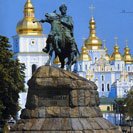 In 1363, Kiev is incorporated in the Poland-Lithuania Union, which will become the Two Nations Republic. From this time, it will constantly be a part of the massive neighbouring nations. In 1648, the head of the Cossack army, Bodgan Khmelniski, wants to found an independent Ukrainian state. But because of the coming war, the state will be put under Russian protectorate. This common story between the two states will go on for several centuries.
In 1363, Kiev is incorporated in the Poland-Lithuania Union, which will become the Two Nations Republic. From this time, it will constantly be a part of the massive neighbouring nations. In 1648, the head of the Cossack army, Bodgan Khmelniski, wants to found an independent Ukrainian state. But because of the coming war, the state will be put under Russian protectorate. This common story between the two states will go on for several centuries.
In 1834 is founded what is called today Kiev State University. In 1920, the Bolsheviks conquer Kiev, and so starts the Soviet period. After Second World War, the Ukrainian capital receives the status of « Hero City », just like Odessa and Sevastopol, two other Ukrainian cities. In 1991, after the fall of USSR, Kiev becomes the capital of independent Ukraine, and the economical and cultural pole of the country.


